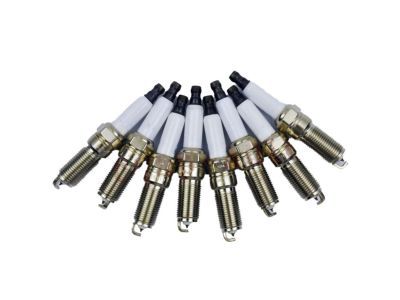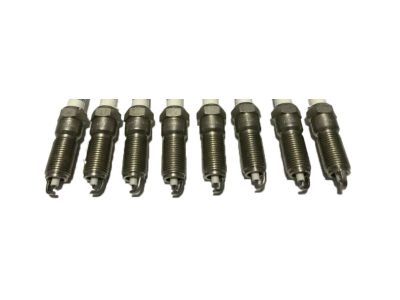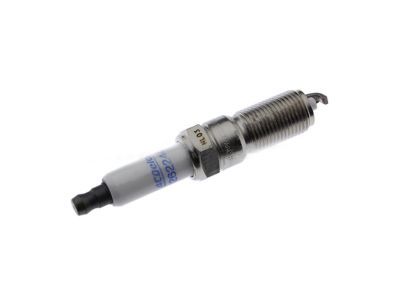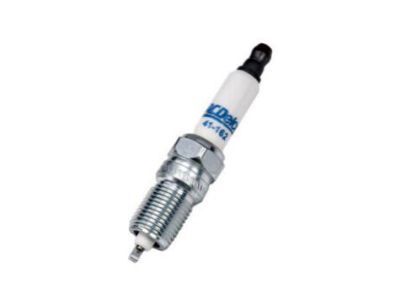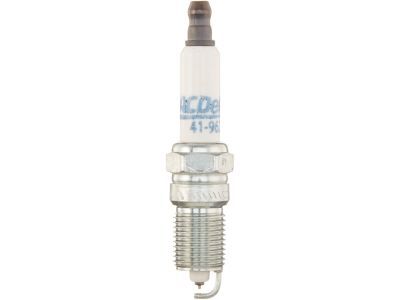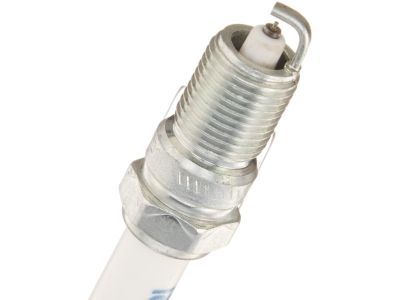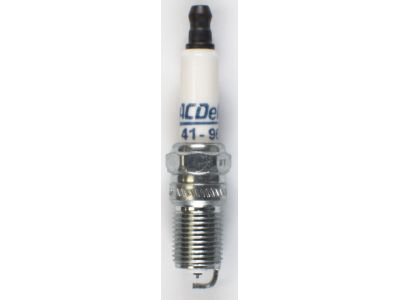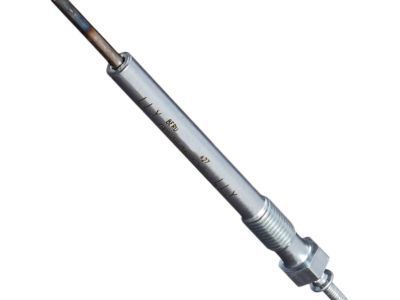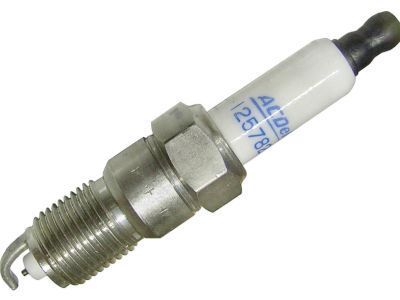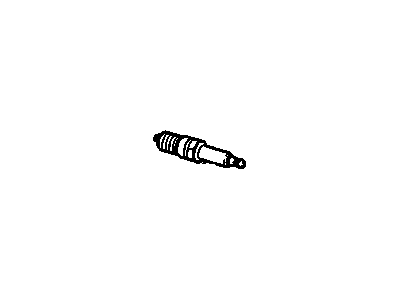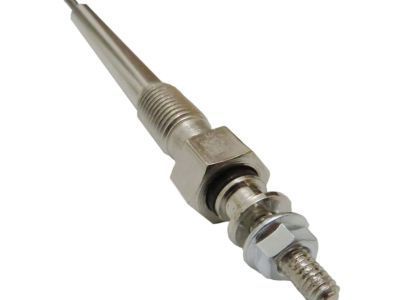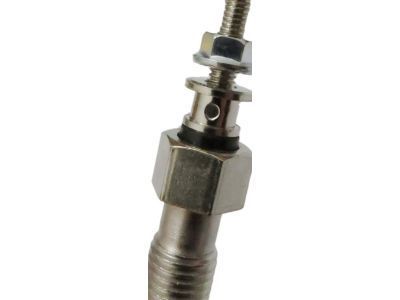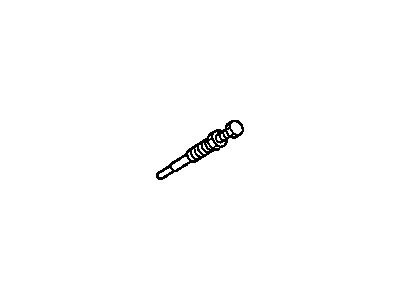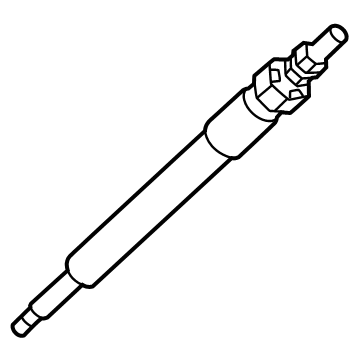
My Garage
My Account
Cart
Genuine Cadillac Escalade Spark Plug
Ignition Spark Plug- Select Vehicle by Model
- Select Vehicle by VIN
Select Vehicle by Model
orMake
Model
Year
Select Vehicle by VIN
For the most accurate results, select vehicle by your VIN (Vehicle Identification Number).
10 Spark Plugs found
Cadillac Escalade Spark Plug Asm
Part Number: 12622441$9.05 MSRP: $16.46You Save: $7.41 (46%)Ships in 1-3 Business DaysCadillac Escalade SPARK PLUG ASM,GAS ENG IGN
Part Number: 19417055$9.36 MSRP: $17.02You Save: $7.66 (46%)Ships in 1-3 Business DaysCadillac Escalade Spark Plug Asm (Plat Tipped Plug)
Part Number: 19299585$7.57 MSRP: $13.76You Save: $6.19 (45%)Ships in 1-2 Business DaysCadillac Escalade Spark Plug Assembly, Gas Eng Ign
Part Number: 12681665$8.72 MSRP: $16.46You Save: $7.74 (48%)Ships in 1-3 Business DaysCadillac Escalade Glow Plug
Part Number: 97326305$24.45 MSRP: $43.86You Save: $19.41 (45%)Ships in 1-3 Business DaysCadillac Escalade Spark Plug Assembly, Gasoline Engine Ignition
Part Number: 12679800$7.54 MSRP: $13.52You Save: $5.98 (45%)Ships in 1-3 Business DaysCadillac Escalade Glow Plug
Part Number: 97226202$19.55 MSRP: $35.06You Save: $15.51 (45%)Ships in 1-3 Business DaysCadillac Escalade SPARK PLUG ASM,GAS ENG IGN
Part Number: 19459511$9.45 MSRP: $17.18You Save: $7.73 (45%)Cadillac Escalade Spark Plug Asm
Part Number: 12642722$9.12 MSRP: $16.58You Save: $7.46 (45%)Ships in 1-3 Business DaysCadillac Escalade Glow Plug Assembly, Dsl Eng Combustion Air Htr
Part Number: 55506604$23.77 MSRP: $43.23You Save: $19.46 (46%)Ships in 1-3 Business Days
Cadillac Escalade Spark Plug
The Spark Plug in Cadillac Escalade vehicles is highly instrumental in igniting the air- fuel mixture which is required for an engine's combustion. It functions by taking an electric current from the ignition system in high voltage and using it to produce a spark that ignites the mixture thus creating the combustion pressure that moves the pistons. Cadillac Escalade spark plugs have been using a wide range of spark plugs such as copper core, platinum, double platinum and iridium plugs depending with the ignition system and performance of the models. The only variations between these Spark Plugs are based upon material and endurance. Copper core plugs that are found mostly in older systems demonstrate lower temperature rise and less plug life expectancy compared to the platinum or iridium plugs which has harder electrodes to provide service and performance. Double platinum plugs are general for the Distributorless Ignition System while in the iridium plugs can give the long lasting performance.
Each OEM Cadillac Escalade Spark Plug we offer is competitively priced and comes with the assurance of the manufacturer's warranty for the part. Furthermore, we guarantee the speedy delivery of your orders right to your doorstep. Our hassle-free return policy is also in place for your peace of mind.
Cadillac Escalade Spark Plug Parts Questions & Experts Answers
- Q: What tools and steps are necessary for replacing spark plugs on Cadillac Escalade?A:The spark plugs are screw fastened in the flanks of the cylinder heads, near to the exhaust openings. Components required for spark plug replacement normally in a spark plug socket designed to fit a ratchet, different extensions and finally a spark plug gap checker which is used to measure the spark plug gap on the new spark plugs to be fitted. You need a plug wire removal tool, though it can be done manually, to remove the wire boots for spark plugs; torque wrench should be used for tightening new ones. There is much wisdom in buying spare plugs ahead of time, setting the gap to the right size and putting a new plug in as the old one is removed but to make sure that the correct sort of plug for the engine is used. It is recommended that the engine be allowed to cool before any plugs will be removed and also to check new plugs for defects and tightening the gaps. The gap is measured using the proper-thickness gauge which has to be place between the electrodes at the tip of the plug to slide with a little friction. To remove a spark plug wire, use pulling force only on the terminal end of rubber boot and if supplied then use the spark plug wire removal tool. If possible use compressed air blow out any dirt on the spark plug hole to minimize the chances of debris getting into the cylinder. Insert the spark plug socket over the plug and then retract it in anticlockwise direction in order to remove it-though the use of extensions if necessary. Check the conditions of its running by examining the old spark plug and put a thin layer of anti-seize compound to the threads of a new plug. Insert a new plug in a hole up to a point that one cannot turn it around with their hands as a final step, apply torque in the use of a wrench or a ratchet tool. When the plugs are inserted at the back of the engine it is possible to use a short rubber hose to help to screw in the plugs without straining the threads. Last, connect the plug wire to the new spark plug by twisting the boot and doing the same to the others in a cyclic manner, so that you do not connect the wires of each plug in a random manner.
Related Cadillac Escalade Parts
Browse by Year
2024 Spark Plug 2023 Spark Plug 2022 Spark Plug 2021 Spark Plug 2020 Spark Plug 2019 Spark Plug 2018 Spark Plug 2017 Spark Plug 2016 Spark Plug 2015 Spark Plug 2014 Spark Plug 2013 Spark Plug 2012 Spark Plug 2011 Spark Plug 2010 Spark Plug 2009 Spark Plug 2008 Spark Plug 2007 Spark Plug 2006 Spark Plug 2005 Spark Plug 2004 Spark Plug 2003 Spark Plug 2002 Spark Plug 2000 Spark Plug 1999 Spark Plug
